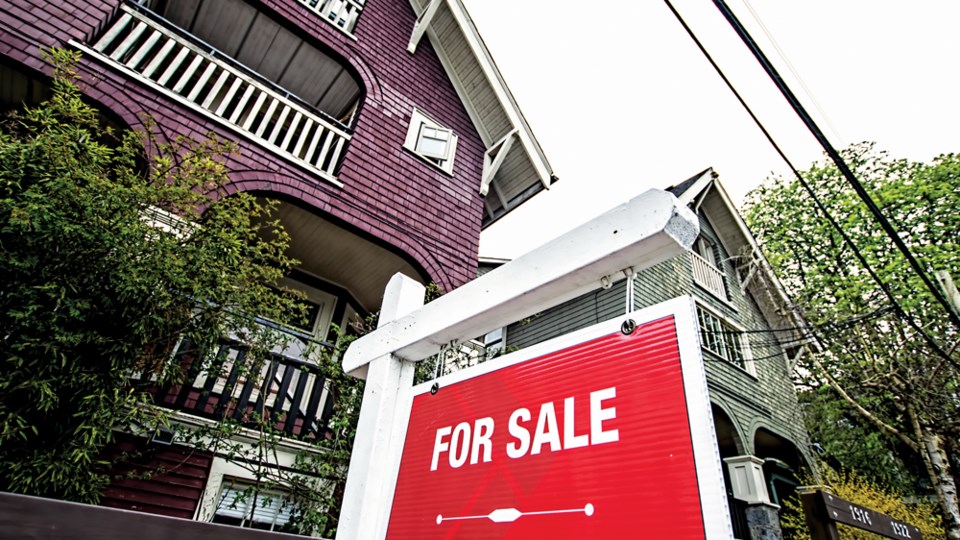B.C. employment growth slowed to a modest 0.2 per cent in February, following a January increase. Year over year, provincial employment increased by a robust 2.6 per cent. The labour participation rate dropped to 65 per cent from 65.3 per cent the previous month, while B.C.’s unemployment rate edged down 0.2 per cent to 5.2 per cent on a monthly basis after a 0.1-per-cent decrease in January. B.C.’s labour force contracted by 0.1 per cent during the same period despite a 0.3-per-cent increase in population.
Consistent with the national pattern, part-time employment in the province declined by 1.6 per cent (9,100 people), offset by an expansion in full-time employment, up 0.7 per cent (15,100 people). The Vancouver census metropolitan area recorded a 0.2-per-cent increase, while the unemployment rate fell to five per cent—half a percentage point below January’s 5.5 per cent.
Goods-producing industry employment was virtually unchanged following a large decline in January. Decreases in agriculture (down 20.4 per cent or 4,500 people) and manufacturing (down 0.5 per cent or 800 people) were offset by the growth in other subsectors. Total employment in services industries edged up by 0.3 per cent. A notable decrease in wholesale and retail trade (down 1.3 per cent or 5,600 people) was offset by hiring growth in information, culture and recreation (up 5.2 per cent) and business, building and other support services (up 3.7 per cent).
Stronger momentum in the Lower Mainland housing market pulled back in February as enthusiasm around interest rates waned. Home sales across Abbotsford-Mission and Greater Vancouver were well above year-ago levels — up 22 per cent — and increased by 39 per cent month to month with 3,252 units sold. But the additional sales date in February due to the leap year lifted sales. When adjusted for seasonal factors and trading days, sales were at best even, and possibly down a notch from January. Patterns were consistent in both the Fraser Valley and Greater Vancouver regional board areas. Our calculations suggest the sales trend is still below mid-2023 and the period preceding the pandemic by 20 to 25 per cent.
Nevertheless, market conditions remain on surprisingly firm footing. Both sales-to-new listings and sales-to-active listings ratios are at levels consistent with a balanced market. The sales-to-active listings ratio sits at about 20 per cent, on the cusp of a sellers’ market. With lower sales, sellers have held units off the market, even as higher mortgage renewal rates put pressure on many homeowners. As a result, the average home value has remained surprisingly well supported and elevated. Unadjusted, the average home price rose two per cent to $1.18 million, albeit fell 2.1 per cent when seasonally adjusted. That said, the average price is down from $1.23 million in the fall and from $1.3 million at peak in early 2022, though it’s up 20 per cent from pre-pandemic levels. Benchmark prices have shown similar patterns.
Housing market trends will depend on interest rates. Recent rising sales momentum was triggered by buyers anticipating policy rate cuts in early 2024 and lower fixed rates. The policy rate cut is likely to be delayed until mid-year. That said, there is a lot of pent-up demand on the sidelines due to high international immigration and delayed purchasing activity. We expect these factors to drive higher sales once interest rates see a more pronounced decline.
Bryan Yu is chief economist at Central 1



